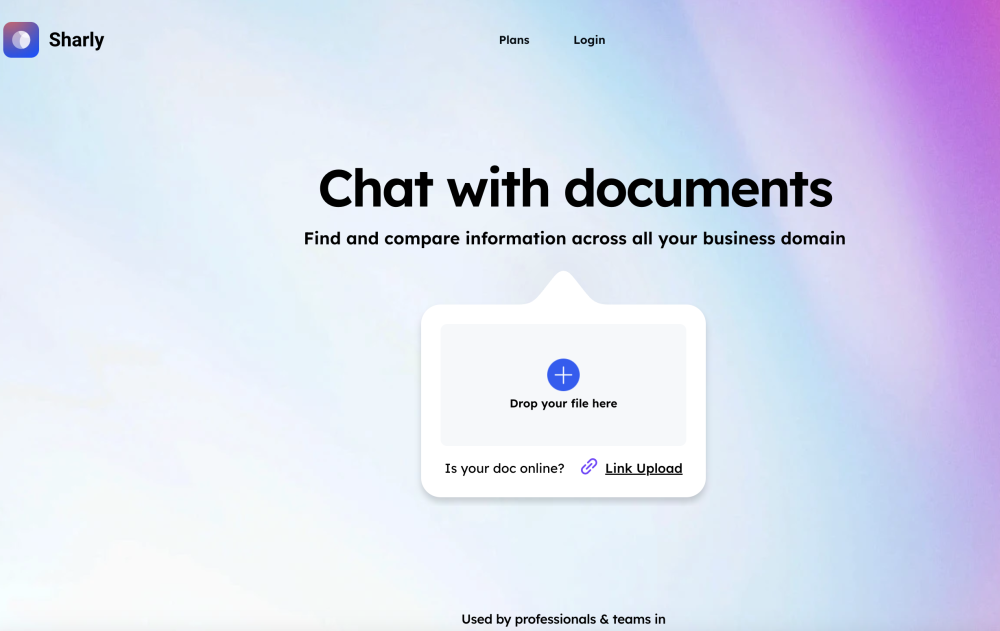CTOs and chief architects have often approached tech stacks as more of an art than a science, heavily relying on experience and tribal knowledge. However, as enterprise architectures become increasingly complex, a new approach is necessary, according to Toufic Boubez, co-founder and CTO of Catio. He emphasizes that infrastructure building and management is evolving into a data-driven science.
Catio, a one-year-old startup currently in closed beta, aims to lead this transformation by offering an AI copilot for tech stack architecture. Boubez and co-founder and CEO Boris Bogatin recently showcased their innovative platform at the Innovation Showcase during VB Transform in San Francisco, describing it as “the next evolution of the stack.”
Creating a Digital Twin of the Tech Stack
Catio's platform functions as a digital twin, generating blueprint-like visualizations of an enterprise's architecture. This system not only plans new tech stacks but also continuously evaluates existing architectures, acting as an “ongoing AI advisor,” as Bogatin explained.
These visualizations provide strategic observability into subsystems, incorporating thousands of contextual data points. AI processes this data to present insights in a meaningful way, reinforcing Boubez's statement that “Catio is AI for CTOs.”
With commercial availability expected this fall, Catio's eight-member team is collaborating with larger startups and Fortune 100 organizations. The company has raised $4 million in pre-seed funding and anticipates another fundraising round before its official release.
Beyond Traditional Design Methods
Enterprise leaders need comprehensive insight into their systems for informed decision-making. However, tech stacks are becoming more intricate as organizations integrate an increasing number of SaaS applications and cybersecurity components. Bogatin pointed out that many CTOs are often unaware of their architecture's purpose and lack clarity on justifying substantial investments, often viewing tech stacks merely as cost centers.
“They don’t know how to measure it,” Bogatin noted, emphasizing the general demand for assistance in optimizing architecture. Traditionally, enterprises have depended on high-priced architects and costly consultancies, resulting in designs that often exist only in individuals' minds rather than documented frameworks.
Historically, human strategies involved synthesizing information onto whiteboards, creating architecture that remains opaque and not easily accessible. “It’s not been very data-defined,” Bogatin added.
Just a few years ago, software developers might have questioned AI's capability in their field. Now, tools like GitHub Copilot and Tabnine are widely accepted, marking a shift in perspective that Catio capitalizes on.
Empowering With Advanced AI Agents
Catio delivers a “canonical view” of architecture requirements with dashboard-level analytics. Its 24/7 AI advisor provides recommendations, helping leaders understand their tech stacks thoroughly.
“It’s essential to know what you have, to evaluate it, and to have analytics,” Bogatin explained. The platform employs a multi-agent system comprising chief architect agents that interact with retrieval and specialized agents in data, messaging, and security. The AI conducts analysis, offers recommendations, and generates design proposals that the chief architect agent evaluates according to business context before presenting to users.
“This context-aware use of foundational models is extremely powerful,” Bogatin highlighted, referencing the precision and efficiency gained through Catio's AI-driven process.
Streamlining the CTO's Experience
Catio resembles SaaS platforms by allowing users to integrate their tech stack components and establish policies. The platform then builds a codebase that encapsulates the entire architecture, enabling users to track changes, ensuring a clear understanding of their systems.
Users can view architectures as they exist in production and manipulate data to analyze relationships among components. They can also create different views for various teams.
For instance, a chief architect at a large biotech firm required a comprehensive view of multiple architecture and project teams. Catio facilitated communication on a shared platform, enabling collaboration to assess recommendations and enhance architectural designs.
Jordan Rosen, former SVP and GM at Disney, remarked on the difficulties in gaining visibility into cloud operations’ cost performance. He suggested that if Catio delivers dashboard-level insights and improvement pathways, it could become an invaluable tool for tracking and evaluating roadmaps and performance.
Satish Raghunath, VP of Engineering at Salesforce, highlighted the persistent challenges infrastructure engineers face in selecting appropriate software components and integrating them seamlessly. He expressed optimism about Catio's potential to alleviate these issues, stating, “It can make the CTO’s life a lot easier.”






